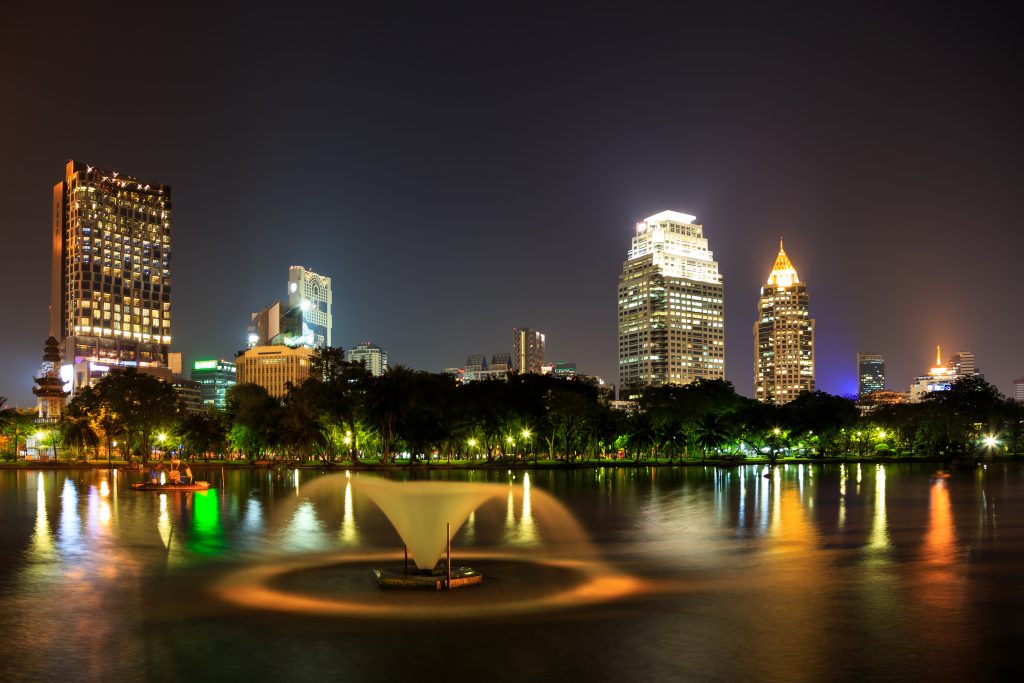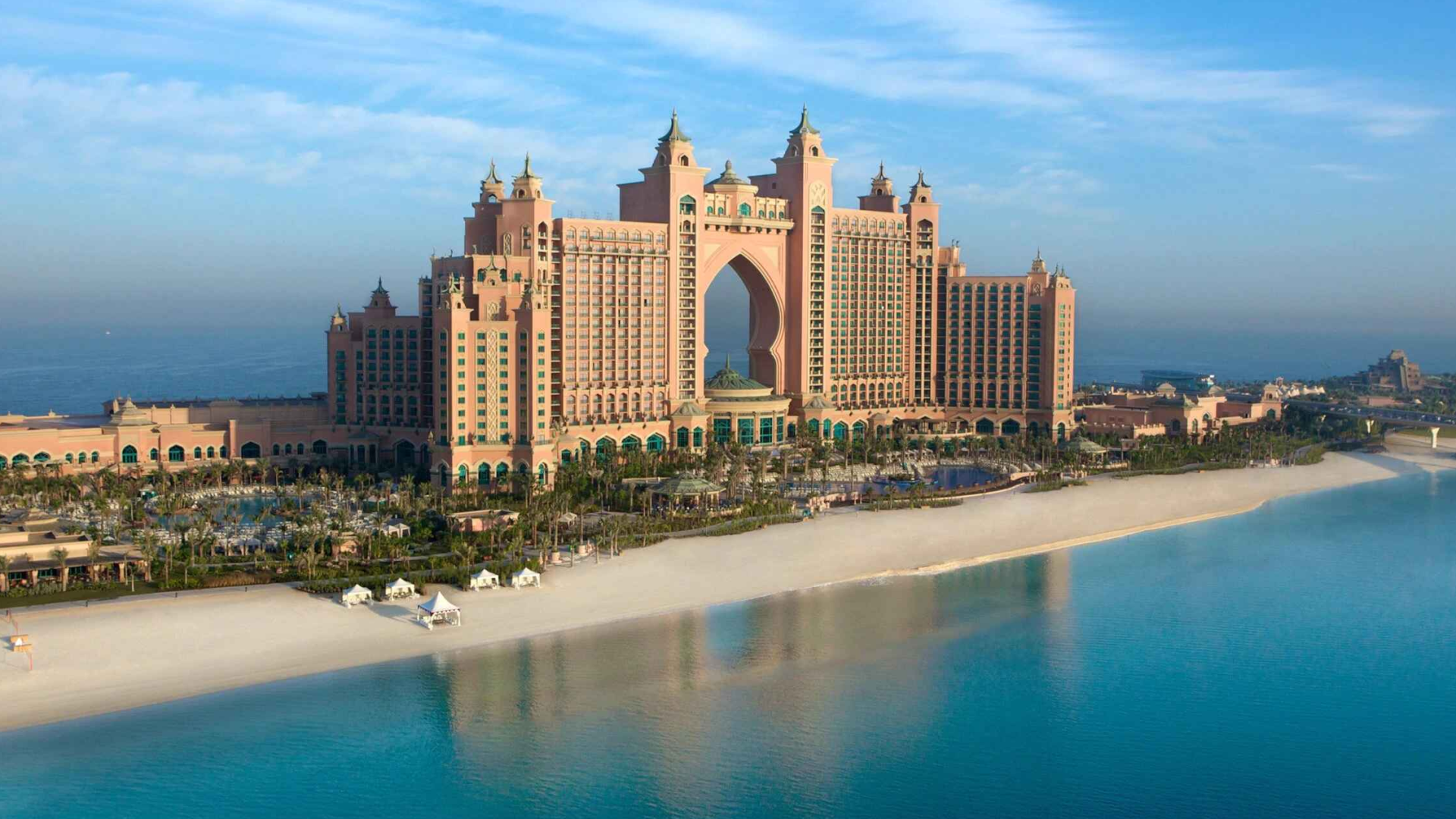Nestled on the shores of the Arabian Gulf, Abu Dhabi is a city that has transformed itself from a small fishing village to one of the most impressive and modern cities in the world. However, the city's impressive transformation is just one small part of its rich history and culture. From its early days as a vital trade route to its modern- day status as a bustling metropolis, Abu Dhabi's history is a fascinating one. Abu
Dhabi is a city that has been shaped by its rich history and culture. From its humble beginnings as a small fishing village to its current status as one of the most modern and advanced cities in the world, Abu Dhabi is a city that has come a long way. And with Muwaileh Tourism's holiday family packages, let’s explore the wonders of this amazing city. So, let's dive into the history of the capital city of Abu Dhabi and discover why it is such a popular tourist destination for families.
Abu Dhabi's Early History
Abu Dhabi's early history is a testament to the resilience and determination of people who inhabited this land for centuries. The earliest known settlement in the area dates back to the 3rd millennium BC when a small fishing village was established on the island that is now known as Abu Dhabi.
At this time, Abu Dhabi was home to a few Bedouin tribes. They made their living from fishing, pearling, and trading. The location of the village was strategically positioned along the Arabian Gulf. This makes it an important stop for ships traveling between the East and the West.
As the years passed, Abu Dhabi's importance as a trading center grew. Then it became a vital stopover for traders and merchants traveling between India, Persia, and the rest of the world. The city's central location along the Arabian Gulf made it an ideal location for trade. Then soon it became a hub for commerce, with goods such as pearls, textiles, and spices passing through its ports.
As Abu Dhabi's wealth and importance grew, so did its population. The city began to attract people from all over the Arabian Peninsula, including Arab, Persian, and Indian traders. This cultural diversity brought richness and vibrancy to the city that can still be seen today.
Despite the challenges faced by Abu Dhabi over the centuries, such as wars, political unrest, and economic uncertainty, the city has always managed to emerge stronger than before. Today, it's a city that boasts a vibrant culture and history, with a skyline that blends the old with new.
Visitors to Abu Dhabi can explore its early history by visiting the Abu Dhabi Heritage Village. It offers a fascinating insight into the traditional way of life of the Bedouin tribes who once inhabited the area. The village showcases a range of traditional crafts and trades, including weaving, pottery, and metalwork. It's give visitors an opportunity to experience the authentic culture of Abu Dhabi's early days.
The Al Nahyan Family and the Development of Abu Dhabi
The Al Nahyan family played a significant role in the development of Abu Dhabi. During the 18th and 19th centuries, they established themselves as the ruling family of the city. They helped to transform it into a major center of trade and commerce.
The family's influence in Abu Dhabi began in the early 18th century when they settled in the area and established themselves as one of the most powerful Bedouin tribes in the region. They quickly gained a reputation for their military prowess and their ability to negotiate with other tribes and neighboring emirates.
Under the leadership of Sheikh Zayed bin Khalifa Al Nahyan, the family continued to grow in power and influence. In 1793, Sheikh Zayed signed a treaty with the British. It granted them the permission to set up a naval base in the city. This treaty helped to increase Abu Dhabi's importance as a trading center, as it allowed for increased protection for ships passing through the Gulf.
Throughout the 19th century, the Al Nahyan family continued to play a pivotal role in the development of Abu Dhabi. They invested in infrastructure projects, which helped to protect the city and its trading routes.
The family also played a crucial role in the pearling industry. It was one of the main sources of wealth for Abu Dhabi during this time. They helped to regulate the industry and ensure fair prices for the pearls that were harvested.
In the early 20th century, the Al Nahyan family faced new challenges as the region began to modernize. Also, the discovery of oil changed the economic landscape of the Gulf. However, they adapted to these changes and continued to play a key role in the development of Abu Dhabi.
Today, the Al Nahyan family continues to be one of the most influential families in the UAE, with members holding positions of power in government and business. Their legacy can be seen throughout Abu Dhabi, from the city's impressive infrastructure to its vibrant cultural scene.
Visitors can learn about the Al Nahyan family's contributions to the city by visiting the Qasr Al Hosn. It's a historic fort that served as the residence of the ruling family for many years. They have restored and transformed the fort into a museum that showcases the history and culture of Abu Dhabi.
Abu Dhabi's Modernization

In the early 20th century, Abu Dhabi saw a significant transformation with the discovery of oil in the region. The discovery of oil brought about a surge in wealth and investment, leading to a rapid modernization of the city. Today, Abu Dhabi is a city that boasts some of the world's most iconic architecture. This includes the Sheikh Zayed Grand Mosque, the Emirates Palace, and the Etihad Towers.
With the influx of oil revenues, Abu Dhabi began to invest heavily in infrastructure projects. The construction of towering skyscrapers, such as the Abu Dhabi Investment Authority Tower and the National Bank of Abu Dhabi Tower, transformed the city's skyline.
The Sheikh Zayed Grand Mosque is one of the largest mosques in the world and is considered one of the most iconic landmarks in the city. They completed the mosque in 2007, naming it after the founder and first President of the UAE, Sheikh Zayed bin Sultan Al Nahyan. The mosque's design reflects a blend of Islamic, Ottoman, and Mughal architectural styles.
Another architectural marvel in Abu Dhabi is the Emirates Palace, a luxury hotel that opened its doors in 2005. The design of the hotel takes inspiration from traditional Arabic architecture, reflecting its grandeur through expansive grounds, grand fountains, and opulent interiors.
The Etihad Towers are another iconic feature of Abu Dhabi's modern skyline. The five towers, completed in 2011, are home to luxury apartments, hotels, and offices. The towers' sleek, modern design and prime location along the waterfront have made them a popular destination.
Abu Dhabi's world-class cultural offerings, including the Louvre Abu Dhabi and the Abu Dhabi Falcon Hospital, are well-known, in addition to its impressive architecture. The Louvre Abu Dhabi is a museum that opened in 2017 and features an impressive collection of art and artifacts from around the world. The Abu Dhabi Falcon Hospital, on the other hand, is a unique facility that offers visitors the chance to learn about the traditional sport of falconry and to see these majestic birds up close.
Overall, Abu Dhabi's modernization has transformed the city into a world-class destination, attracting visitors from around the globe.
Bottom line
In conclusion, Abu Dhabi is a city that is rich in history and culture. Muwaileh Tourism's holiday family packages offer the perfect opportunity to explore this fascinating destination. From its early history as a small fishing village to its current status as a modern and advanced city, Abu Dhabi has come a long way. With so much to see and do, it's no wonder that Abu Dhabi is one of the most popular tourist destinations in the world.
